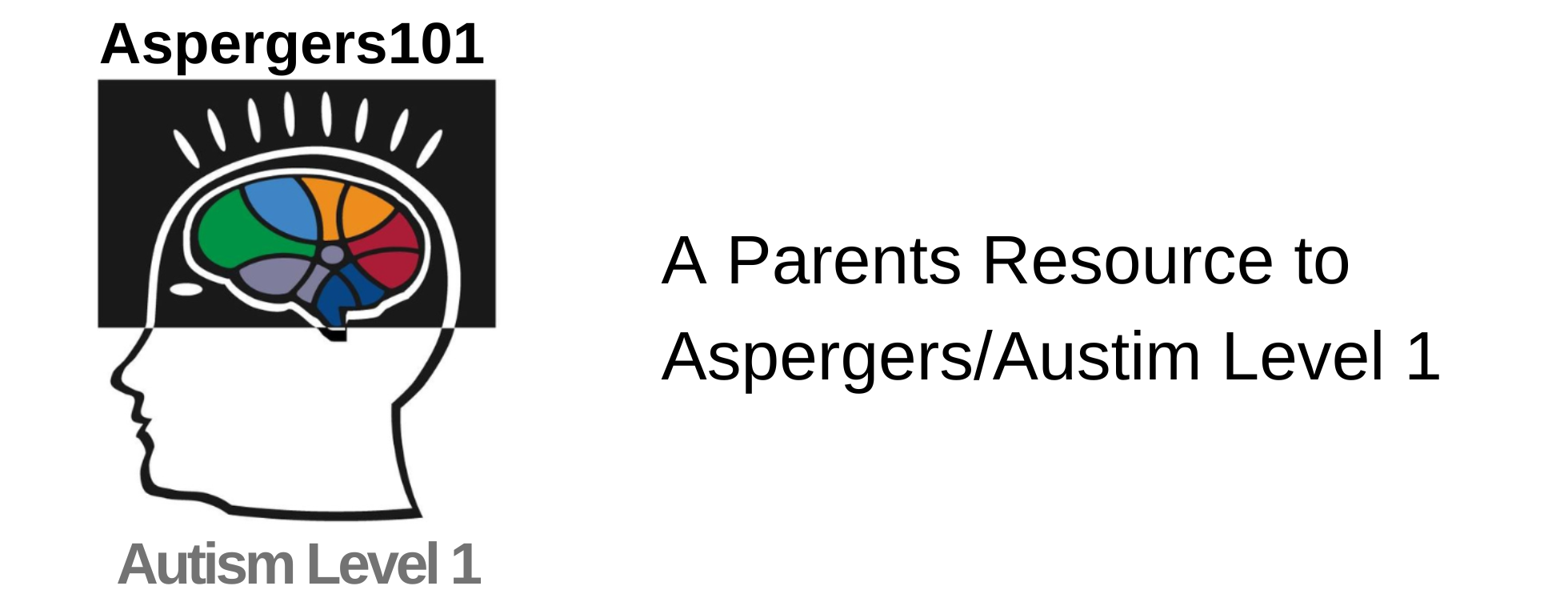For some students, a simple checklist is all they need to get them started and keep them moving through academic activities. The following is an example of such a checklist:
 The checklist corresponds to the numbered folders. The student knows to complete the work in the four folders. After checking each number off, the student then has a few minutes to engage in a highly reinforcing activity.
The checklist corresponds to the numbered folders. The student knows to complete the work in the four folders. After checking each number off, the student then has a few minutes to engage in a highly reinforcing activity.
 However, other students may need a bit more to be successful. Here are some considerations if the checklist is not as effective for the student.
However, other students may need a bit more to be successful. Here are some considerations if the checklist is not as effective for the student.
- Add a motivating activity at the end of the checklist. Remember to encourage the students to check off activities as they are completed. This can increase independence and provide a sense of accomplishment.
- Use a “sandwich” technique of strategically placing simpler, or more preferred activities at the beginning and end of the checklist. When the student sees an activity that they would like to do at the beginning of the list, they are more likely to get started. Once they have checked off the first activity, then they are to proceed to the next. Although this might not be a preferred task, they can easily see that another activity that they like to do is soon to follow.
- Add an element of choice. You can do this by either having the student choose three of the four activities on the checklist. This allows them to have some control over their academic activities while still holding expectations of completing academic tasks. Another way to provide choice is to have the student decide the order in which they complete the checklist. When you go to the grocery store, you might skip around the list, but you still get everything that you need by the end of the shopping visit.
By Lisa Rogers
The Education (K-12) Blogs and Special Ed Q & A are written and maintained weekly by Lisa Rogers with Educating Diverse Learners. Lisa received her M.A. in Special Education with an endorsement in the area of individuals with severe disabilities. Mrs. Rogers has also created products that have been used throughout the state of Texas for training purposes. Through the Association for Texas Professional Educators [ATPE], Ms. Rogers has produced an online course that targets the importance of visual strategies for student with autism spectrum disorders and just released her highly anticipated book titled: Visual Supports for Visual Thinkers.



Hello, I really enjoyed your information on checklists. I have been working as a Handicap pupil attendant for 10 years, and work in classrooms with children on the spectrum I help integrate and support the child in class. I like to use pictograms with the students, they are laminated with Velcro. I put a “First and Second activity picto”
On the child’s desk so they know first is math then body break. I like the checklist you have enclosed in
your article because I can use it with all students, it is a more inclusive way of giving all students in the classroom a checklist to complete their academic activities ! Yes pictos work for me however the checklist is a tool I can use knowing the student will use it and not feel awkward being the only one in the classroom with pictos on their desk most of the time students refuse the pictos and get angry when they see them posted on the corner of their desk because I know that some of the students with Asperger’s feel embarrassed that they are the only one using pictos and the others are not.
ThankS:))